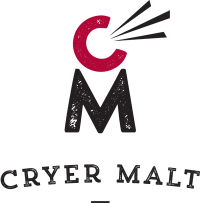We've covered the key ingredients in beer – water, malt, hops and yeast – so now it's time to take our Beer Basics series to the next stage and get stuck into the brewing process.
Here, we hand over the reins of the Beer Basics series to Marie Claire Jarratt, former AIBA Best Media winner and one of the brewers at Brick Lane who helped them take out Champion Large Independent Brewery at the 2023 Indies. First up for the brewing process: milling and mashing.
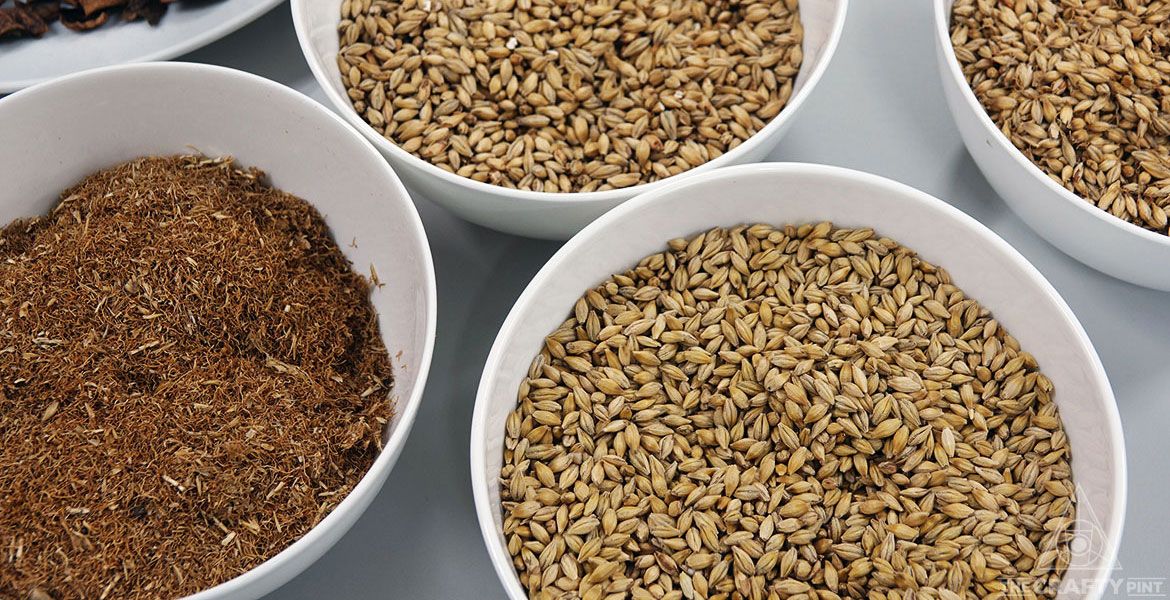
With our four main ingredients of malt, water, hops and yeast to hand, we're now ready to begin brewing. The entire process can split in to two main stages: the production of wort in the brewhouse; and the fermentation of that wort into beer. Together, the process typically takes between one to two weeks.
Wort production is the significantly shorter stage, taking only a few hours, but can be the most hands-on part of the brewing process. The ultimate goals here are to produce a wort that yeast is happy to survive in, but also to produce something that tastes good and we are happy to drink.
This comes down to a few key components: bitter and aromatic hop compounds; caramelised malt flavours; and nutrients for the yeast, to name a few. But, by far the most important, are the fermentable sugars that the yeast will convert into alcohol.
These sugars come from the malt. As it stands, the way the sugar is currently stored in the malt makes it fairly difficult to access. Not only is it physically difficult, because the malt is a tough kernel, but it is also chemically difficult because the sugar exists as starch, a more complex molecule.
So, in order to access the fermentable sugars, it is required to gain both physical and chemical access. This is where milling and mashing, the first two steps in the brewing process, come in.
Milling
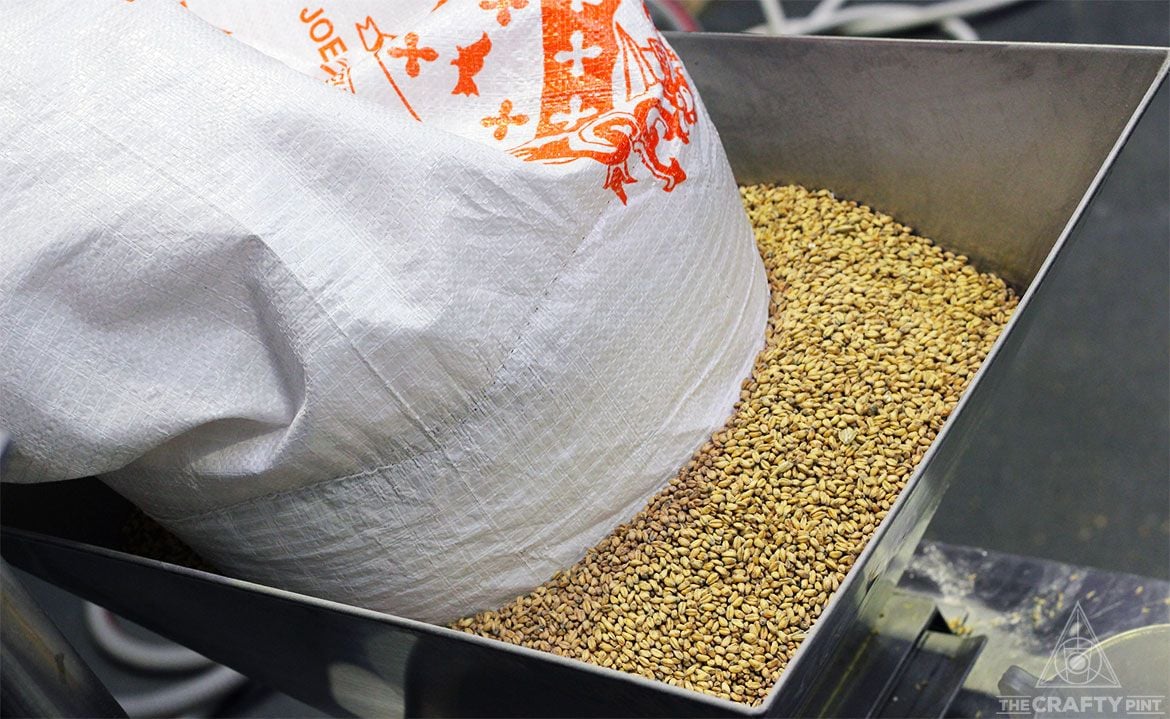
Milling of the grain is fairly straightforward, involving crushing of the malt into smaller pieces to expose the greater surface area of the inside. The malt is broken up in a mill, which, at most breweries, consists of one or more pairs of parallel steel rollers. The gap between the parallel rollers determines the extent to which the malt is crushed.
How coarsely or finely the malt is crushed is a matter of trying to optimise two competing requirements. Ideally, the malt is crushed quite coarsely, as eventually the wort needs to be filtered from the crushed malt (given there aren’t bits of grains floating in your beer), and this is far easier if the malt pieces are bigger.
Or, ideally, the malt is crushed quite fine, because then there is a much larger surface area from which the sugars can be extracted. Each brewery will have a sweet spot between the two extremes where they find the ideal compromise that works for their system.
Once the malted barley and any other grains, such as oats, rye and wheat have been milled in, they are referred to as the grist.
Mashing
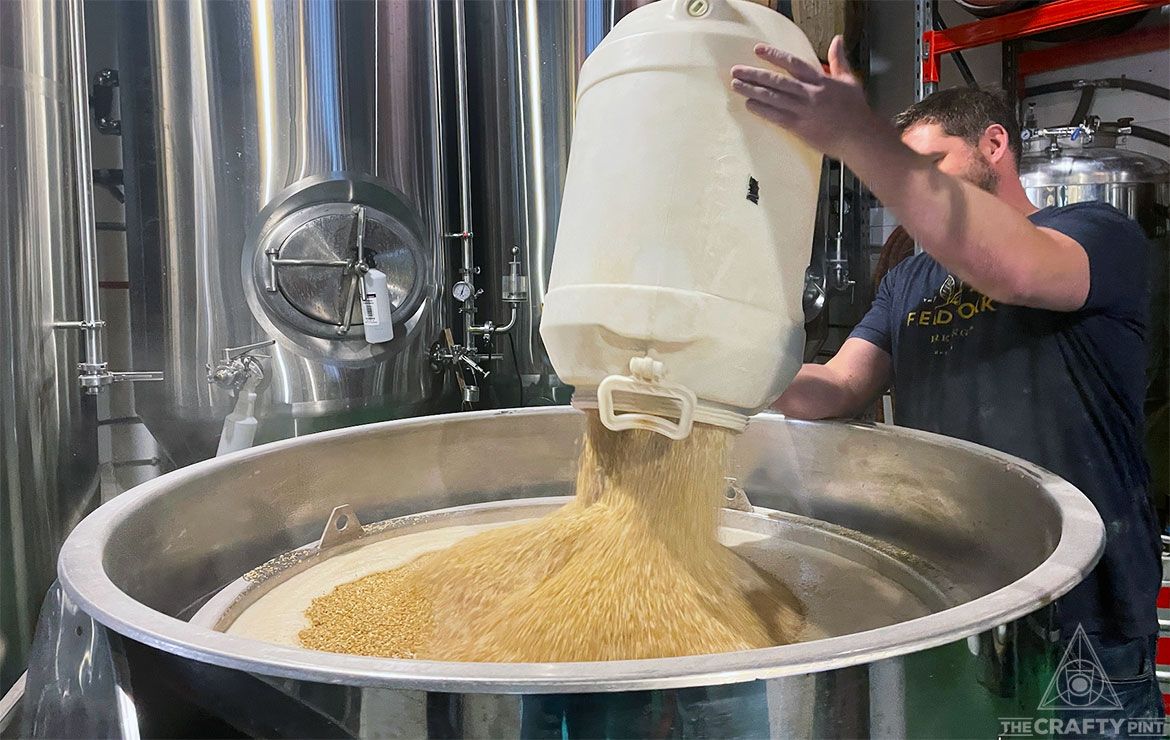
It is in the mash that the magic of brewing truly begins. In the mash tun (a stainless steel vessel), water and the grist are mixed together to make what is essentially a large porridge. Water seeps into the crushed malt via the large surface area that was created through milling, and the starch begins to dissolve. Then, it is broken down into the fermentable sugars required by enzymes.
Thankfully, the enzymes already exist in the malt, so all the brewer has to do is provide them with their ideal working conditions. They are quite fussy, however, and only like to do their work under a particular set of conditions (the enzymes, not the brewers, although...). These mainly relate to the temperature of the mash, but also have to do with how acidic it is, and what the ratio is between the water and the grist. Unfortunately, there are many enzymes involved, each with their own preference, so it is impossible to keep them all happy.
The easiest way to get the enzymes to do their work is to sit at the ideal conditions for only the most important enzymes. This is achieved by keeping a single temperature for the duration of the mash. Anywhere between 65 and 70°C generally works well.
Whether or not the brewer sits closer to 65°C or closer to 70°C, again, depends on a compromise. A lower temperature results in a dry and crisp beer, like a pale ale or lager, while hotter temperatures result in more fullness and body, like a stout or amber ale.
The less simple option is to change the temperature throughout the mash, so that different ideal conditions can be met for all the different enzymes. There are a few ways of doing this.
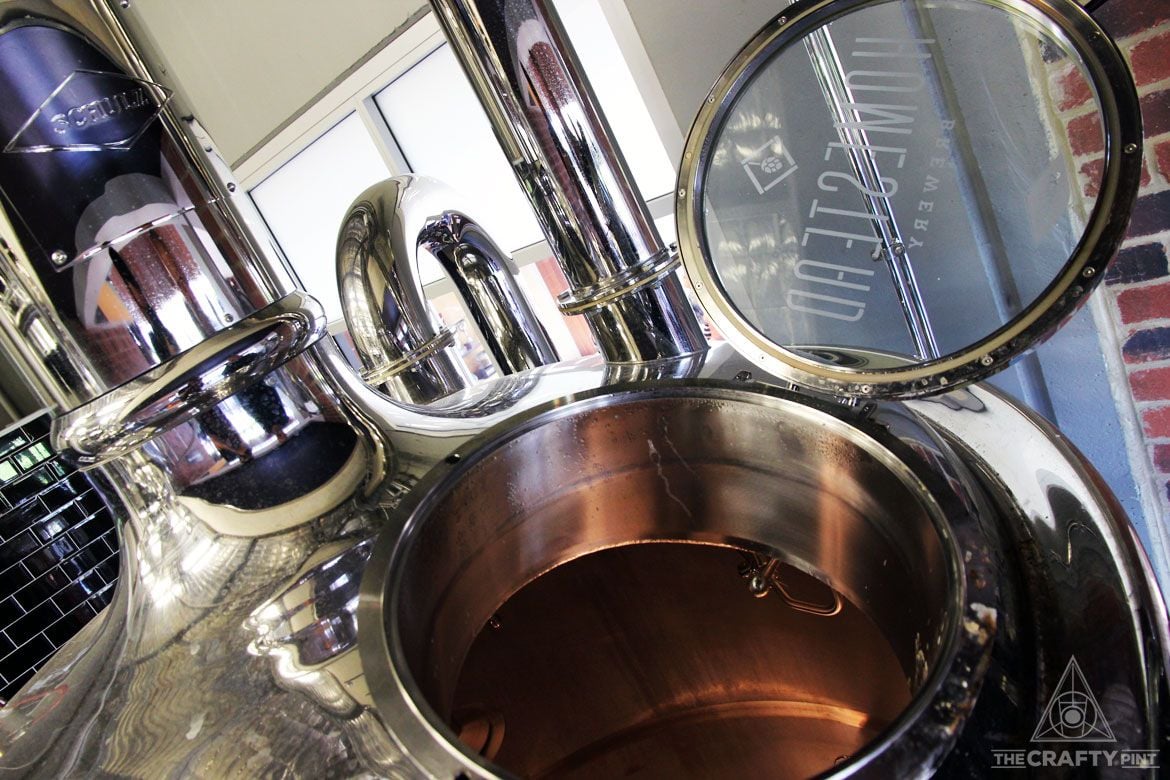
Step Mash
Heated jackets on the mash vessel increase the temperature of the mash in stages, starting low (around 45°C) and ending high (around 72°C). Each stage lasts for a certain period of time, meaning all the different enzymes are able to be at their happiest, if only temporarily. This can be used for beer with a light body but high alcohol content, such as Belgian styles.
Decoction Mash
This method involves removing a small portion of the mash, boiling it separately, then returning it to the main mash. When this process is repeated (a double decoction or even triple decoction), the temperature of the main mash is raised in stages, as with the step mash above. It’s thought – and often disputed – that this traditional method, originally used by German and Czech lager brewers, such as Pilsner Urquell, gives a better malt character to the finished beer.
Double Mash
Two mashes are run simultaneously, at two different temperatures, then combined at the end. This method is used if one of the mashes involves malt, which prefers a lower temperature (63 to 66°C), and the other involves adjuncts such as rice or corn, which require a much higher temperature (70 to 80°C). This method is fairly common at large American lager breweries, whose beers use a large proportion of rice to thin out the body of the beer.
Ultimately, at the end of the mashing stage, the brewer is left with a sweet porridge, filled with the desired amount of fermentable sugars for the beer style being made. Next, the liquid wort needs to be separated from the solid spend grain and the brewing process can continue on, which is where we'll pick up in the next edition of Beer Basics.
In the meantime, if you'd like a more top level overview of the entire brewing process, you can check out this article.


